Home>Technology>Home Entertainment Systems>How Big Should A Home Theater Room Be
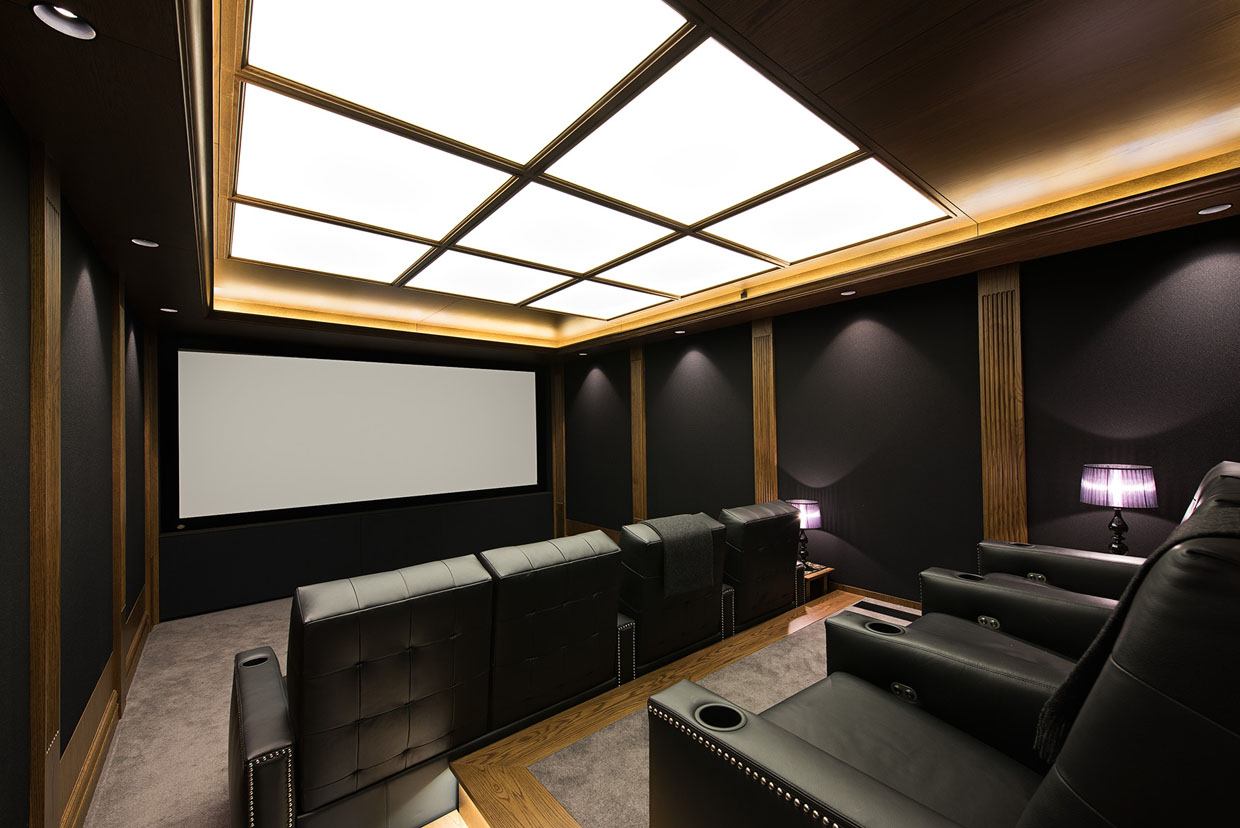

Home Entertainment Systems
How Big Should A Home Theater Room Be
Modified: August 28, 2024
Discover the ideal size for a home theater room and create the ultimate entertainment experience with our expert guide. Find out how to optimize your home entertainment system for maximum enjoyment.
(Many of the links in this article redirect to a specific reviewed product. Your purchase of these products through affiliate links helps to generate commission for Storables.com, at no extra cost. Learn more)
Introduction
Creating a home theater room is a dream for many individuals who are passionate about entertainment and relaxation. Whether it's for enjoying blockbuster movies, immersing oneself in gaming adventures, or hosting memorable movie nights with friends and family, a well-designed home theater room can elevate the overall entertainment experience to new heights. One of the crucial aspects to consider when planning a home theater room is its size. The dimensions of the room play a significant role in determining the overall ambiance, acoustics, and viewing experience. In this article, we will delve into the factors to consider when determining the ideal size for a home theater room, explore recommended room dimensions, and highlight the benefits of different room sizes. By understanding these aspects, you can make informed decisions to create a home theater room that perfectly suits your preferences and enhances your entertainment endeavors.
Key Takeaways:
- Size matters! When creating a home theater room, consider the purpose, viewing distance, and acoustics to determine the ideal dimensions. From cozy to spacious, tailor the room size to enhance your entertainment experience.
- Small rooms offer intimacy and control over acoustics, while larger rooms provide versatility and immersive audio-visual capabilities. Customized dimensions allow for a personalized entertainment space that reflects individual preferences and style.
Read more: How Big Should A Laundry Room Be
Factors to Consider
When determining the size of a home theater room, several crucial factors come into play. These considerations can significantly impact the overall functionality and enjoyment of the space. Understanding these factors is essential for creating a home theater room that meets your specific needs and preferences.
1. Purpose of the Room
The intended use of the home theater room is a fundamental factor to consider. Are you primarily focused on creating an intimate space for personal movie nights, or do you envision hosting larger gatherings for movie marathons and gaming sessions? The intended purpose will influence the ideal size of the room. For instance, a more intimate setting may require a smaller, cozier space, while a room designed for entertaining larger groups may necessitate a more expansive layout.
2. Viewing Distance and Angle
The viewing experience is a critical aspect of any home theater room. The distance between the seating area and the screen, as well as the viewing angle, can significantly impact the overall enjoyment of movies, TV shows, and games. A larger room may allow for flexible seating arrangements and optimal viewing angles, while a smaller room may require careful planning to ensure an immersive viewing experience for all occupants.
3. Acoustic Considerations
Acoustics play a vital role in creating an immersive and captivating audio experience within a home theater room. The size of the room can affect sound distribution, reverberation, and overall audio quality. Larger rooms may offer more flexibility in acoustic treatments and speaker placement, while smaller rooms may require strategic design choices to optimize sound performance.
Read more: How Big Should A Dining Room Be?
4. Room Shape and Layout
The shape and layout of the room can influence the overall aesthetics and functionality of the home theater space. Considerations such as wall dimensions, ceiling height, and potential obstructions (such as columns or architectural features) can impact the ideal room size. Additionally, the room's layout should accommodate comfortable seating, unobstructed views, and space for audio-visual equipment without feeling cramped or overcrowded.
5. Flexibility and Future Upgrades
Anticipating future needs and potential upgrades is a prudent consideration when determining the size of a home theater room. A flexible design that allows for future equipment upgrades, seating additions, or technological advancements can contribute to the long-term enjoyment and relevance of the space.
By carefully considering these factors, you can make informed decisions when planning the size of your home theater room, ultimately creating a space that aligns with your entertainment preferences and lifestyle.
Room Size Recommendations
When it comes to determining the ideal size for a home theater room, several room size recommendations can serve as valuable guidelines for creating a space that maximizes comfort, immersion, and overall entertainment enjoyment. While individual preferences and specific room layouts may vary, the following recommendations can provide a solid foundation for designing a home theater room that meets your needs.
1. Small to Medium Rooms
For smaller to medium-sized home theater rooms, dimensions ranging from 12 feet by 12 feet to 18 feet by 18 feet are often considered suitable. These dimensions can accommodate intimate seating arrangements while providing ample space for audio-visual equipment and immersive sound systems. Smaller rooms can create a cozy and intimate atmosphere, ideal for personal movie nights or gaming sessions. Additionally, smaller rooms can enhance sound quality by minimizing excessive reverberation and promoting a more controlled acoustic environment.
Read more: How To Soundproof A Home Theater Room
2. Medium to Large Rooms
For those seeking a more versatile home theater space capable of accommodating larger gatherings or flexible seating arrangements, dimensions between 18 feet by 18 feet and 24 feet by 24 feet are recommended. Medium to large rooms offer increased flexibility in seating configurations, allowing for optimal viewing angles and comfortable spacing between seating areas. These dimensions also provide more freedom for implementing advanced audio-visual setups, including larger screens, immersive surround sound systems, and acoustic treatments to enhance the overall cinematic experience.
3. Customized Dimensions
While the aforementioned recommendations provide general guidelines, customized dimensions tailored to specific preferences and room layouts can also yield exceptional results. Customization allows for personalized adjustments based on individual viewing preferences, seating arrangements, and desired room aesthetics. By working with a professional designer or utilizing room planning tools, homeowners can create a home theater room perfectly suited to their unique vision, regardless of standard size recommendations.
4. Considerations for Compact Spaces
In instances where space is limited, such as in apartments or smaller homes, creative design solutions can still facilitate the creation of a captivating home theater experience. Compact rooms with dimensions as modest as 10 feet by 10 feet can be transformed into immersive entertainment spaces through strategic layout planning, space-saving furniture, and innovative audio-visual setups. While compact rooms may present challenges, they also offer opportunities for inventive design and personalized touches to maximize the available space.
By considering these room size recommendations and tailoring them to individual preferences and spatial constraints, homeowners can create home theater rooms that cater to their specific entertainment needs while optimizing the overall viewing and audio experience. Whether aiming for a cozy, intimate setting or a spacious, versatile entertainment space, the recommended dimensions provide a valuable starting point for designing a home theater room that aligns with personal preferences and lifestyle.
Benefits of Different Room Sizes
The size of a home theater room plays a pivotal role in shaping the overall entertainment experience and offers distinct benefits based on the dimensions chosen. Understanding the advantages associated with different room sizes can guide homeowners in creating a space that aligns with their specific preferences and enhances their enjoyment of movies, gaming, and immersive audio-visual experiences.
Cozy and Intimate Atmosphere
Smaller home theater rooms, typically ranging from 12 feet by 12 feet to 18 feet by 18 feet, offer a cozy and intimate setting that fosters a sense of closeness and immersion. The compact dimensions create an environment where occupants can feel enveloped by the audio and visual elements, enhancing the overall cinematic experience. Additionally, smaller rooms minimize the distance between the screen and seating areas, allowing for a more intimate viewing experience that closely mirrors the ambiance of a commercial movie theater. This closeness can heighten the impact of on-screen action and dialogue, drawing viewers into the narrative with heightened engagement and emotional resonance.
Enhanced Acoustic Control
Smaller home theater rooms provide greater control over acoustics, contributing to improved audio quality and a more immersive sound experience. The reduced room size minimizes excessive reverberation and sound dispersion, resulting in a more controlled acoustic environment. This controlled acoustics can enhance the clarity of dialogue, music, and sound effects, allowing viewers to discern subtle audio nuances with greater precision. Additionally, smaller rooms facilitate more effective sound treatments, such as acoustic panels and bass traps, which can be strategically positioned to optimize the overall sound performance. The result is a captivating audio experience that elevates the enjoyment of movies, music, and gaming within the confines of a smaller, acoustically optimized space.
Versatile Seating Arrangements
Medium to large home theater rooms, spanning dimensions from 18 feet by 18 feet to 24 feet by 24 feet, offer increased flexibility in seating arrangements and viewing angles. The expansive layout allows for versatile seating configurations, accommodating larger gatherings or providing ample space for personalized seating preferences. With larger rooms, homeowners can create multiple seating zones, such as dedicated rows of recliners, sectional sofas, or individual seating clusters, catering to diverse viewing preferences and social dynamics. This versatility enables homeowners to host movie nights, gaming tournaments, or immersive multimedia experiences with friends and family, fostering a dynamic and inclusive entertainment environment.
Immersive Audio-Visual Capabilities
Larger home theater rooms provide the space and flexibility to implement advanced audio-visual setups, including larger screens, high-definition projectors, and immersive surround sound systems. The expanded dimensions allow for the installation of expansive screens or projection setups, delivering a cinematic viewing experience that rivals commercial movie theaters. Furthermore, larger rooms accommodate sophisticated speaker configurations, including multi-channel surround sound systems and overhead speakers for immersive audio effects. This capability to create a truly immersive audio-visual environment heightens the impact of movies, games, and multimedia content, enveloping viewers in a captivating sensory experience that transcends traditional home entertainment setups.
Read more: How Big Should Patio Be
Customization and Personalization
Regardless of standard size recommendations, customized room dimensions offer homeowners the opportunity to tailor their home theater space to their unique vision and preferences. Customization allows for personalized adjustments based on individual viewing preferences, seating arrangements, and desired room aesthetics. By working with professional designers or utilizing room planning tools, homeowners can create a home theater room perfectly suited to their specific needs, regardless of standard size recommendations. This level of customization empowers homeowners to craft a personalized entertainment space that reflects their individual style, technological preferences, and desired ambiance, resulting in a truly bespoke home theater experience.
By recognizing the benefits associated with different room sizes, homeowners can make informed decisions when designing their home theater rooms, ultimately creating spaces that cater to their specific entertainment needs while optimizing the overall viewing and audio experience. Whether aiming for a cozy, intimate setting or a spacious, versatile entertainment space, the advantages of different room sizes provide valuable insights for tailoring home theater rooms to individual preferences and lifestyle.
Conclusion
In conclusion, the size of a home theater room is a critical consideration that significantly influences the overall entertainment experience. By carefully evaluating factors such as the intended purpose of the room, viewing distance and angle, acoustic considerations, room shape and layout, and flexibility for future upgrades, homeowners can make informed decisions when determining the ideal dimensions for their home theater space.
The recommended room size dimensions provide valuable guidelines for creating a home theater room that maximizes comfort, immersion, and overall entertainment enjoyment. From smaller, cozier rooms that foster intimate viewing experiences to larger, versatile spaces capable of accommodating diverse seating arrangements and advanced audio-visual setups, the benefits associated with different room sizes offer valuable insights for tailoring home theater rooms to individual preferences and lifestyle.
Ultimately, the ideal size for a home theater room is a personalized choice that should align with the homeowner's specific entertainment needs, spatial constraints, and desired ambiance. Whether aiming for a compact, intimate setting or a spacious, versatile entertainment space, the considerations and recommendations outlined in this article serve as a foundation for creating a home theater room that enhances the enjoyment of movies, gaming, and immersive audio-visual experiences.
By recognizing the advantages of different room sizes and understanding the impact of room dimensions on acoustics, viewing experiences, and overall functionality, homeowners can embark on the journey of designing a home theater room that reflects their individual style, technological preferences, and desired ambiance. Whether it's transforming a spare room into a cozy cinematic retreat or creating a dedicated entertainment space for hosting memorable movie nights, the size of the home theater room plays a pivotal role in shaping the overall entertainment experience and should be tailored to meet the unique preferences and lifestyle of the homeowner.
Frequently Asked Questions about How Big Should A Home Theater Room Be
Was this page helpful?
At Storables.com, we guarantee accurate and reliable information. Our content, validated by Expert Board Contributors, is crafted following stringent Editorial Policies. We're committed to providing you with well-researched, expert-backed insights for all your informational needs.
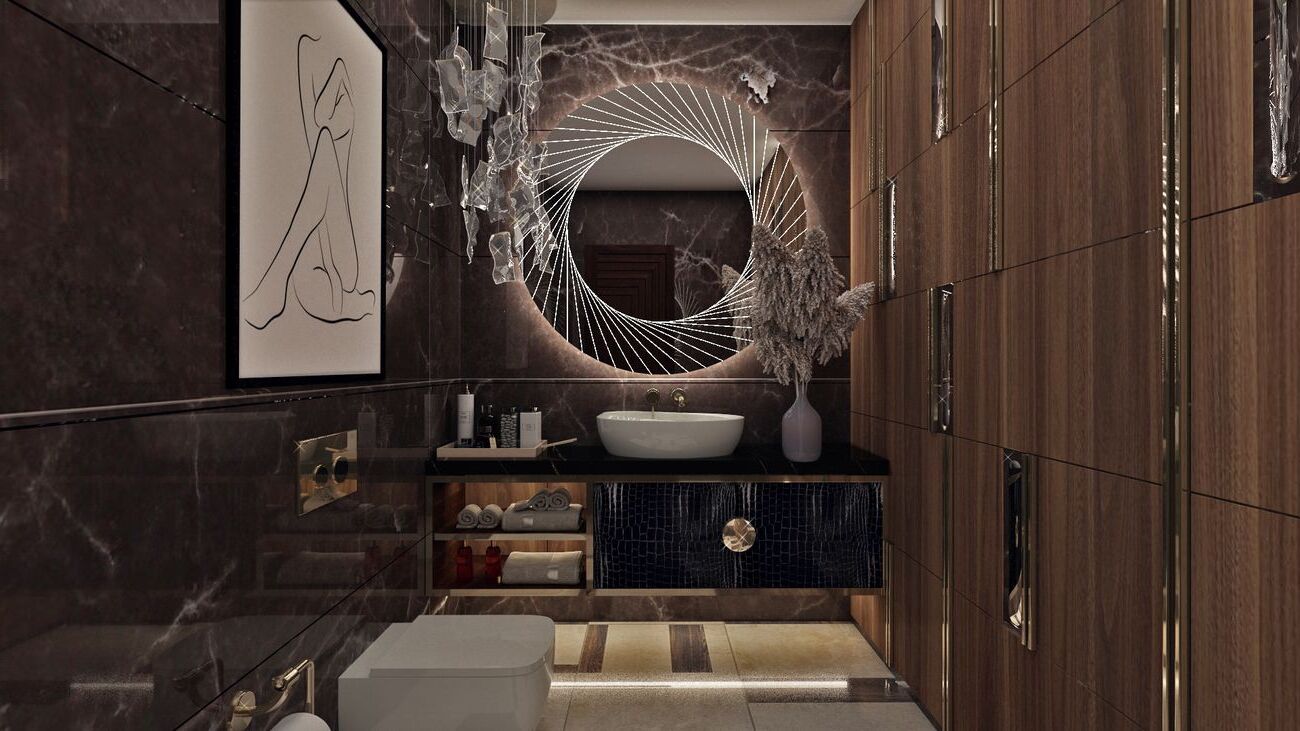

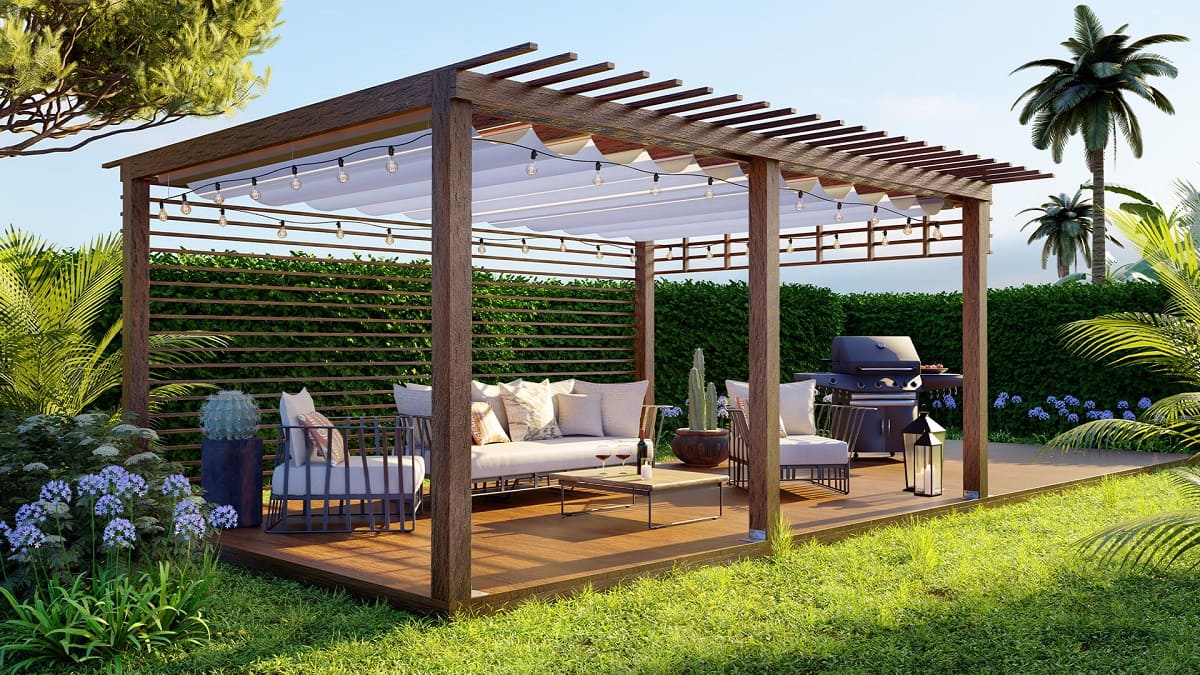
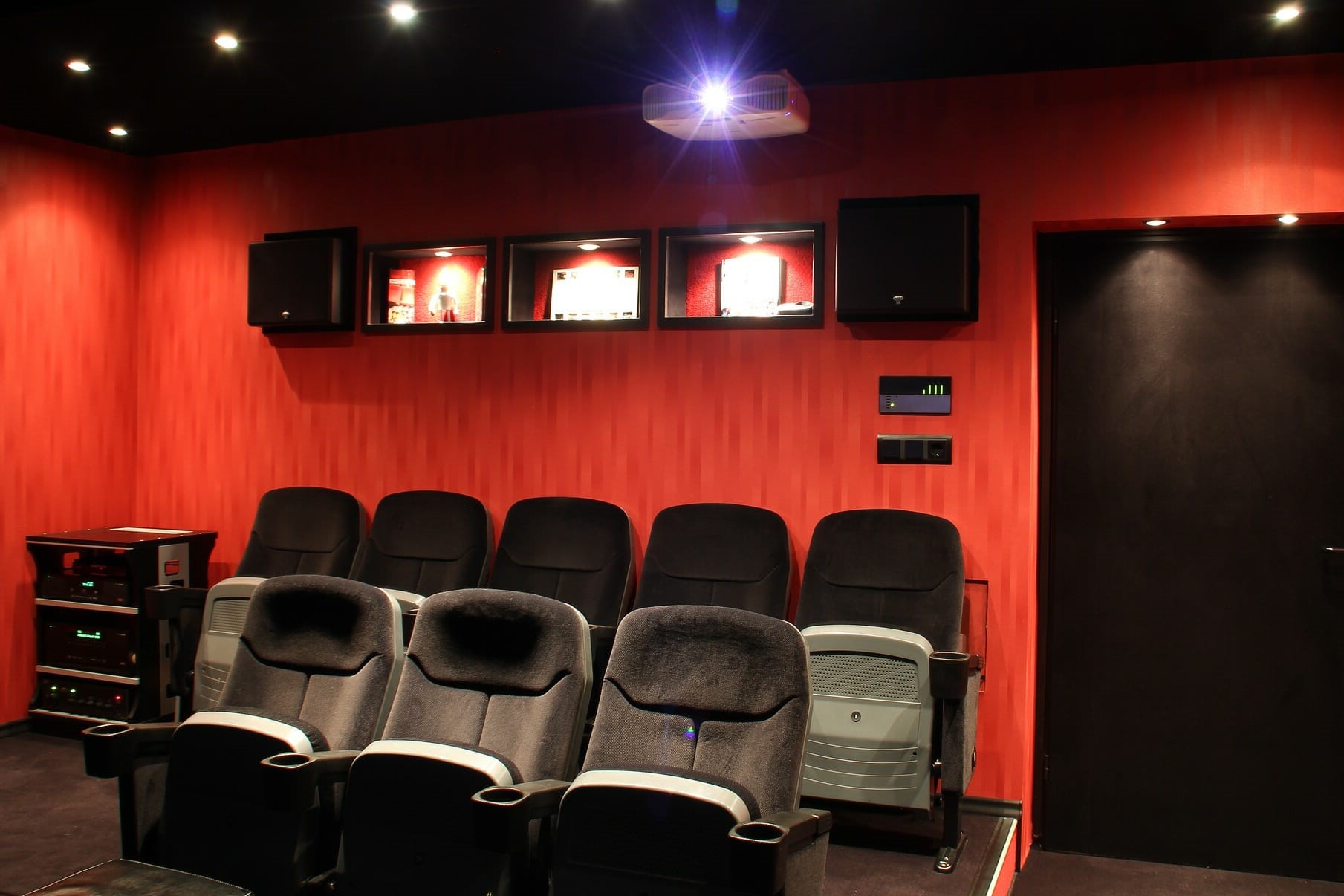
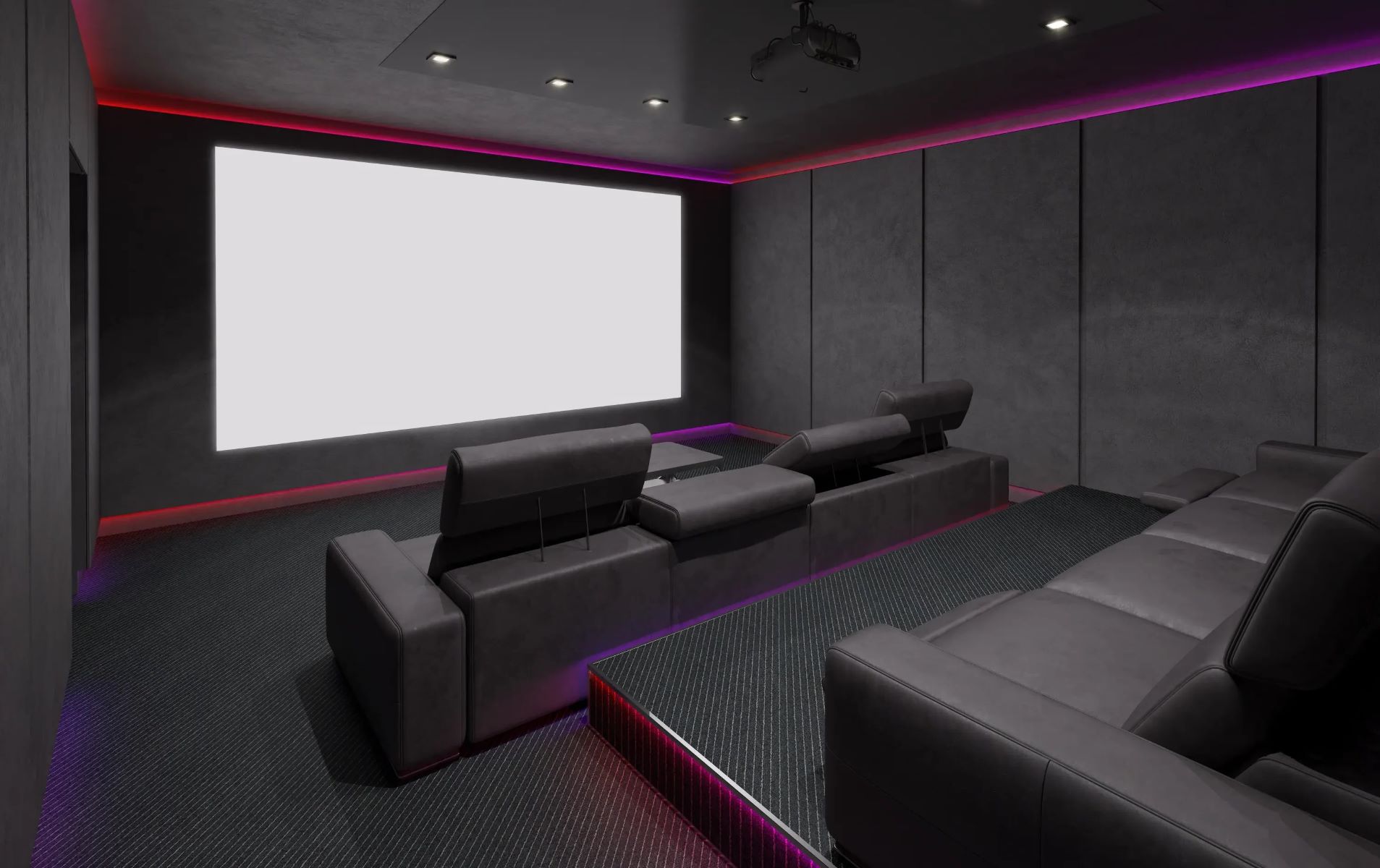

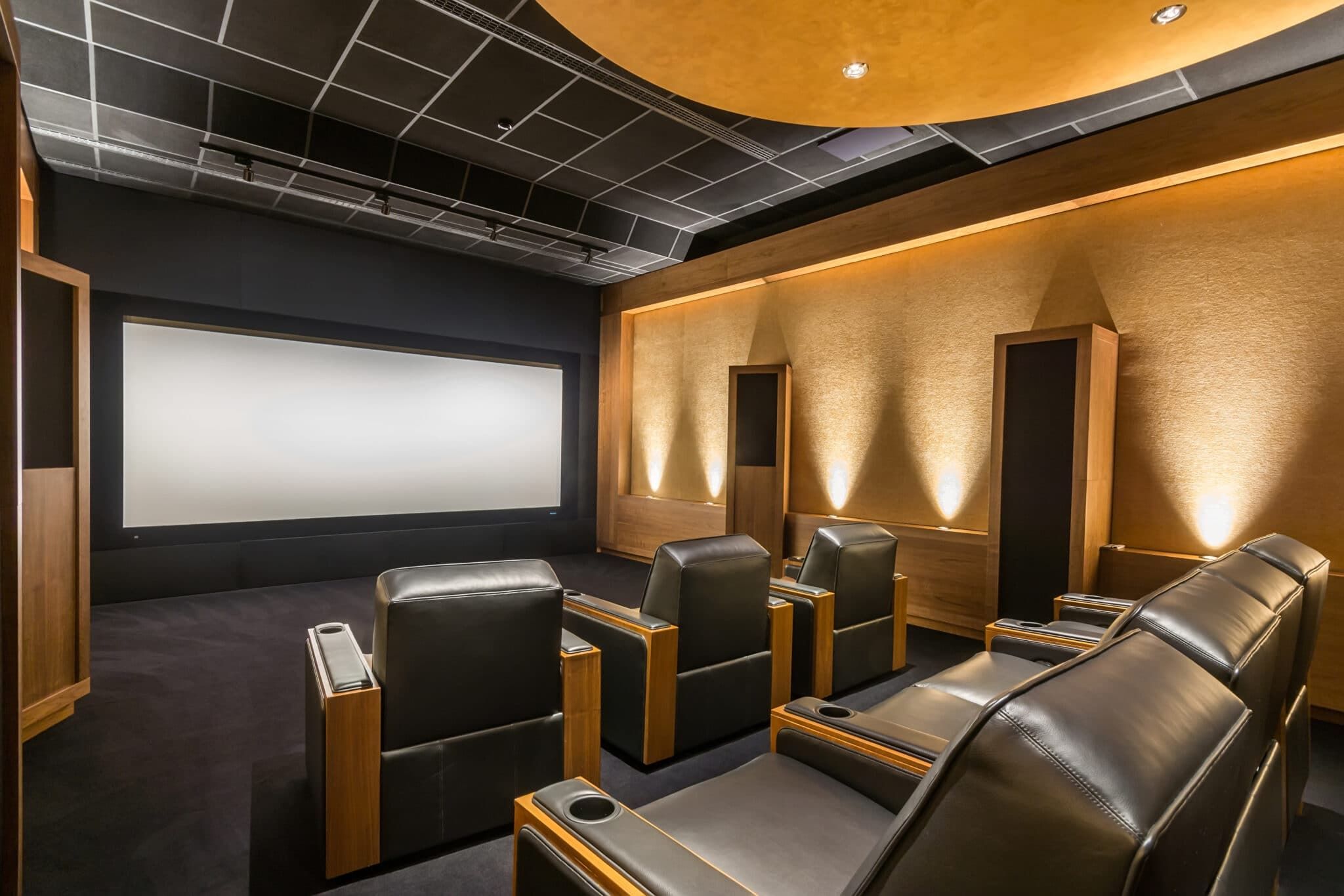
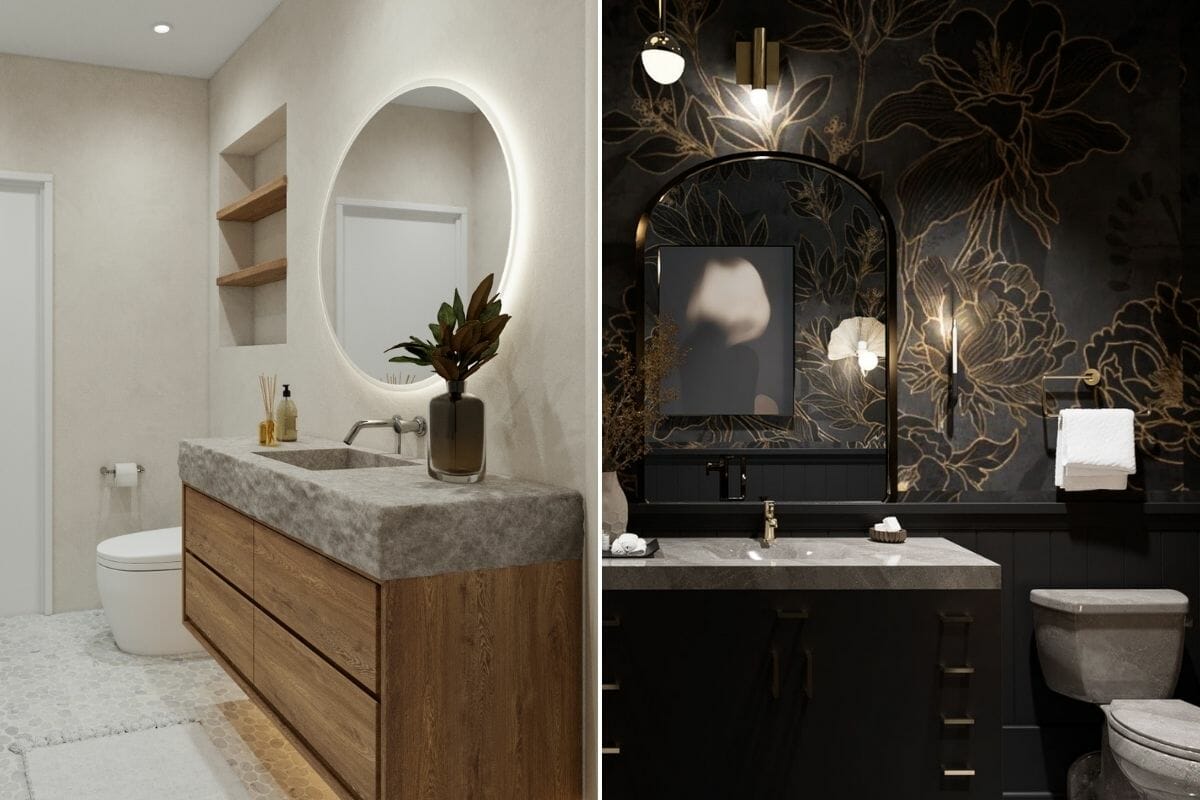
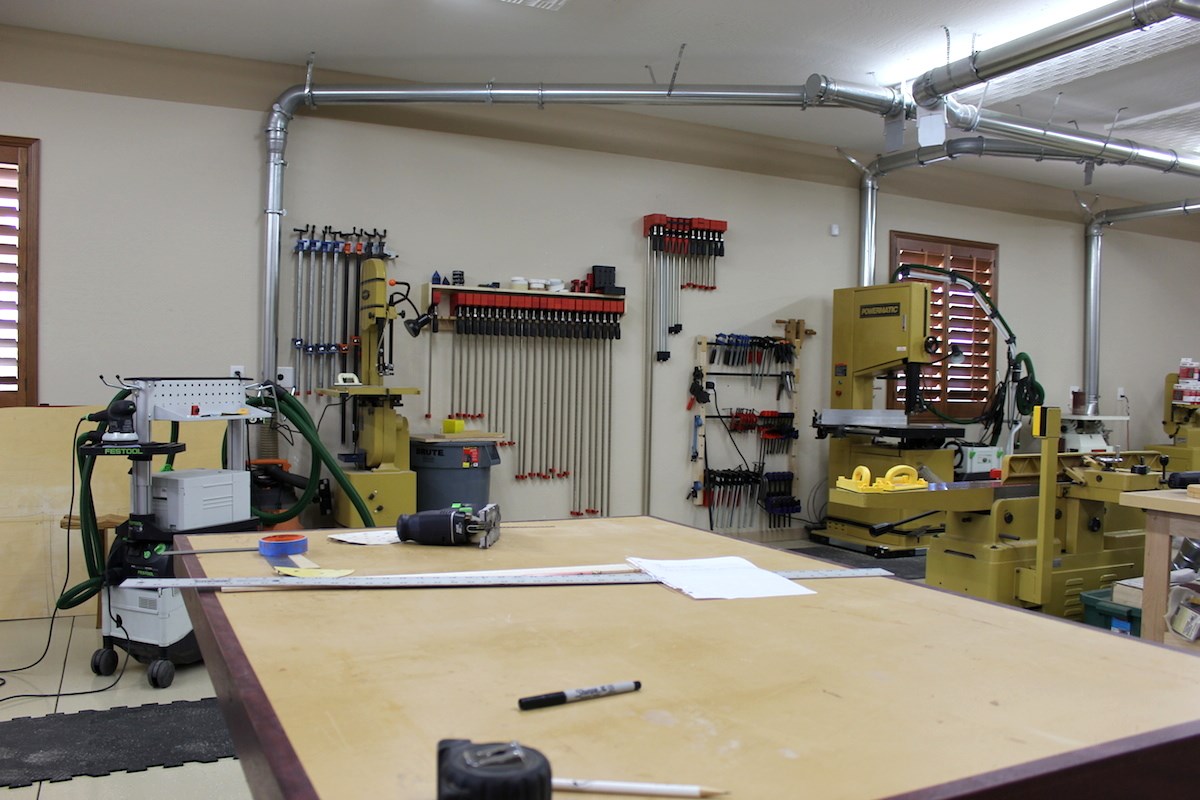
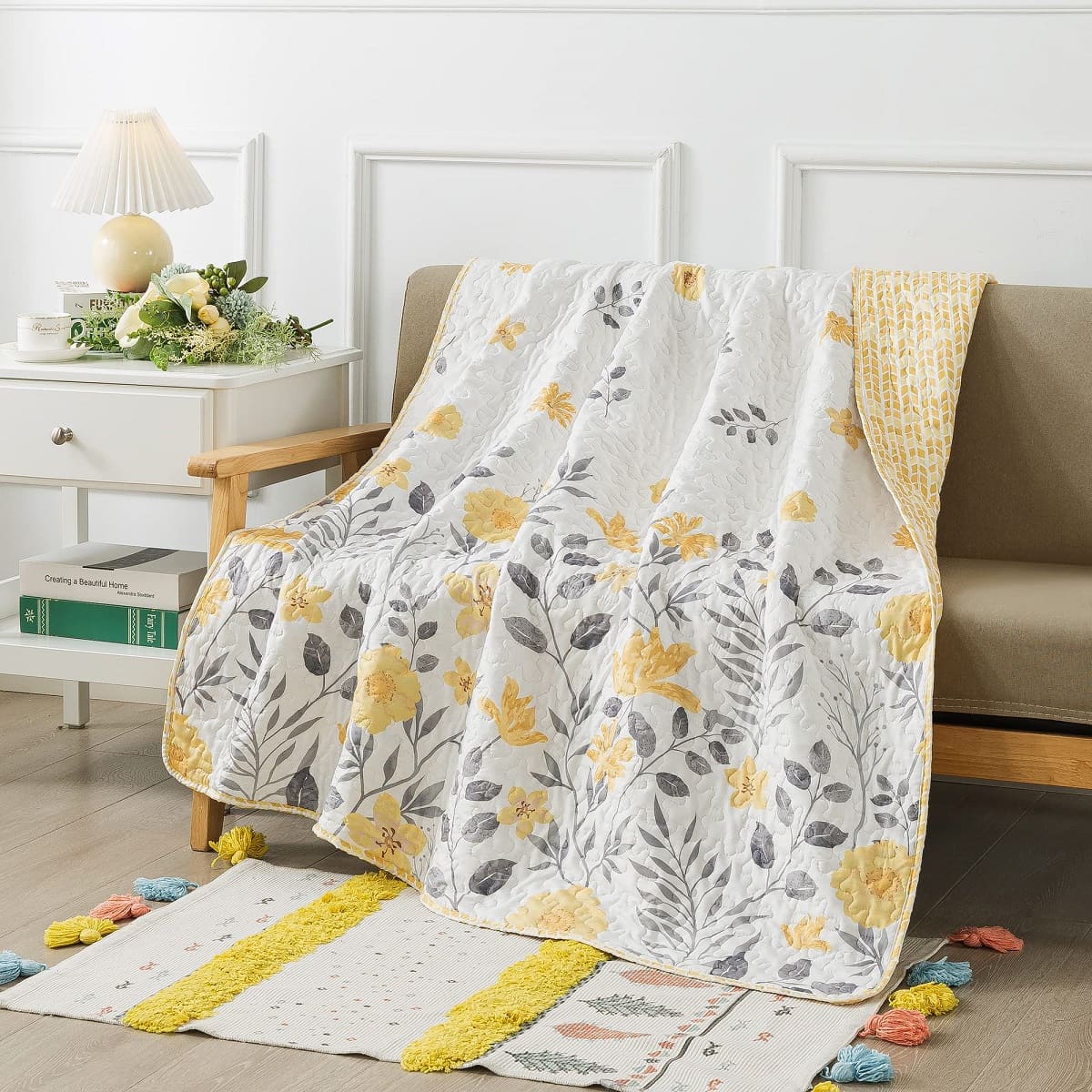
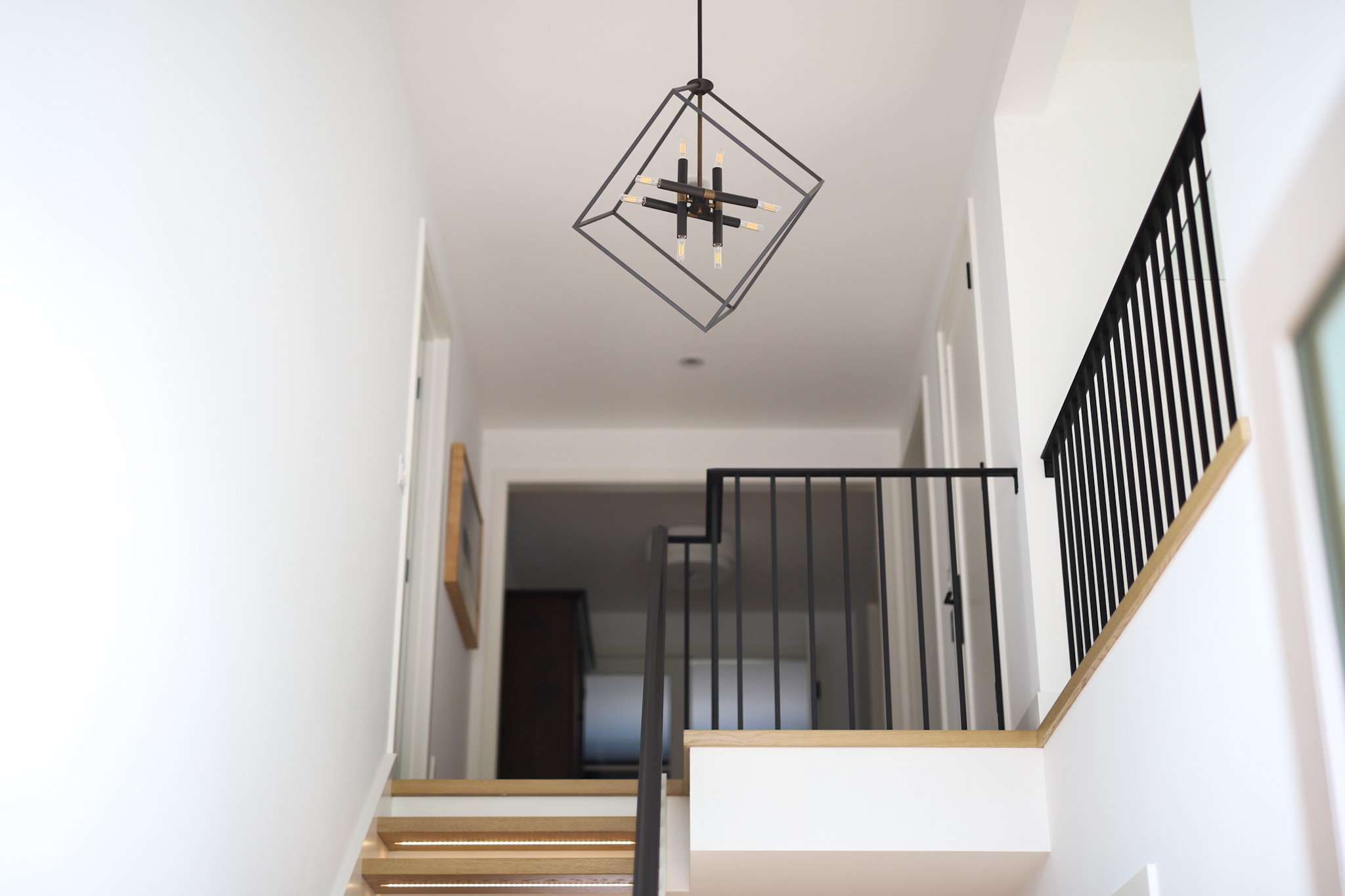

0 thoughts on “How Big Should A Home Theater Room Be”